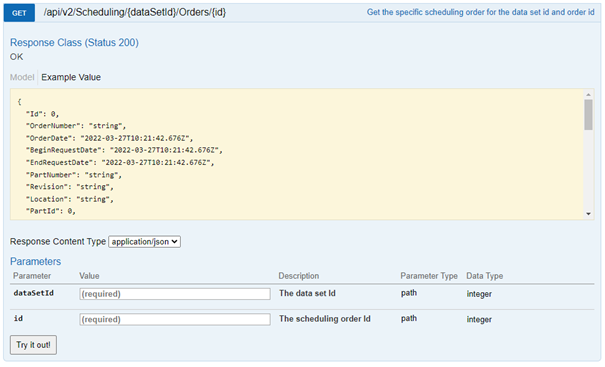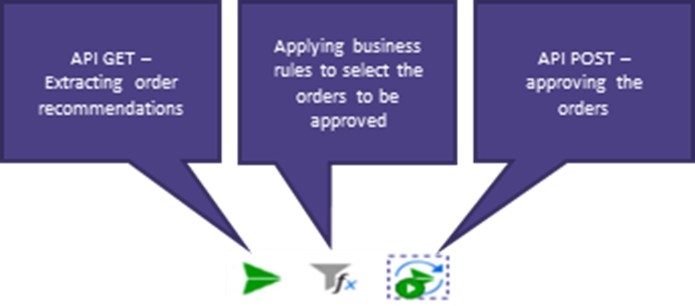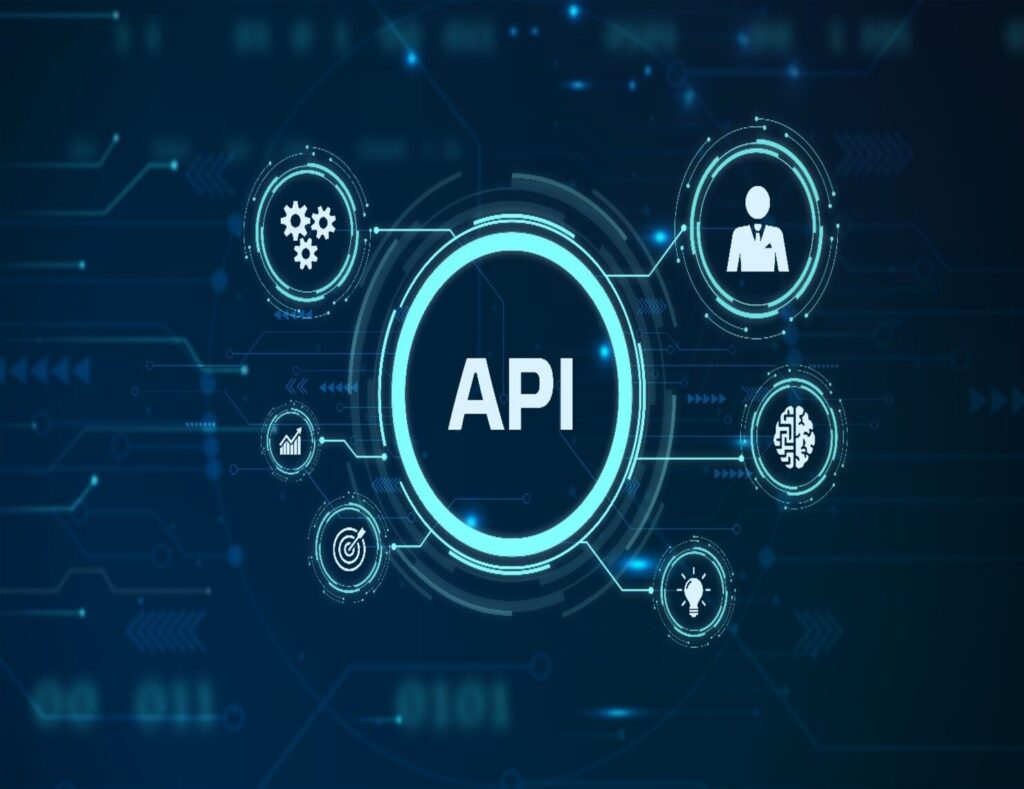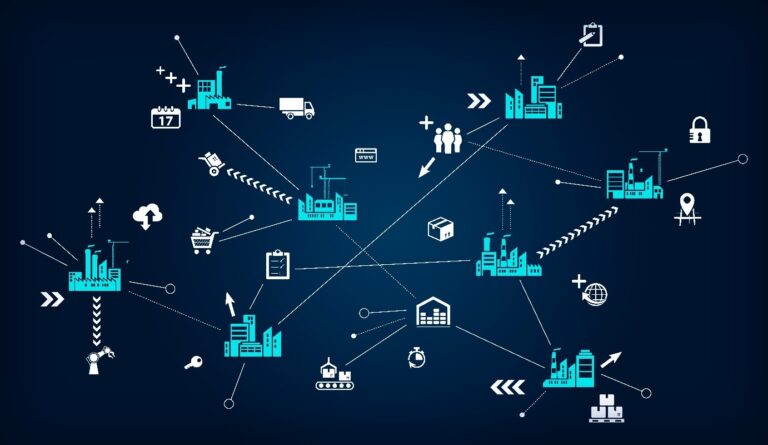The role of the supply chain manager is by nature very transverse. It is to orchestrate the collaboration of disparate functions — sales, production, marketing, product development, and more — and deliver a flawless service to the company’s customers, while ensuring profitability.
Supply chain leaders must therefore be able to speak multiple languages with their internal and external stakeholders. This requires a broad spectrum of skills, including the ability to understand and evolve the company’s information systems.
From MRP to ERP to SQL to APIs
Ah the pleasure of supply chain acronyms…
The IT skills required of supply chain managers have evolved over time. Historically, they revolved around MRP, but over the years they have expanded to include ERP systems. If you are in charge of a company’s supply chain, chances are that you know the ERP system in detail — both its strengths and weaknesses.
ERP has established itself as the backbone of the company’s data, a shared database rich in essential information. That means supply chain leaders have learned to manipulate SQL to generate relevant extractions, perhaps through a Business Intelligence application. It’s even possible that these extractions feed some parallel processes in Excel. Don’t deny it!
Do you stay on top of IT innovations that could help your business? AI, Python, cloud computing… in the meanderings of innovations and messages from the software companies that are courting you, what should you retain and understand?
APIs: The Binder of Modern Computing
My recommendation to any supply chain manager of the 21st century is to understand an obscure and seemingly technical concept: APIs. Not convinced? Wait and see.
What is an API? The term stands for “Application Programming Interface.” More specifically, this term now refers to the programming interfaces in vogue for modern applications that were developed for the cloud.
An API looks like this, and allows different actions: GET, PUT, POST, PATCH, DELETE. Sexy, isn’t it?
Uh — no, OK.

Supply chain managers don’t need to know how to call an API — but they do need to understand the value and power of APIs, since the technology redefines the modern IT and application landscape.
Essentially, APIs make it easy to bring together an ecosystem of web solutions. Just as a supply chain manager orchestrates collaboration between business functions, APIs orchestrate collaboration between applications.
The Path to Distributed Applications
For a long time, we lived with the myth that everything had to be done in a monolithic system, the ERP system, which was supposed to have all the answers. The truth is that the ERP system does not know how to do everything well — the proof is in the myriad of Excel files that surround it.
Moreover, evolving the ERP system is a long and tedious process. How old is yours?
The advent of cloud solutions, the dynamism of publishers, and the agility of startups has generated an ecosystem of specialized solutions — “best of breed” — that respond much better to certain functional areas. Increasingly, companies are streamlining the processes handled directly in the ERP and transferring them to these appropriate web solutions. The ERP continues to handle master data and transactions, but decision making is done in separate software bricks. APIs are the glue between these bricks, ensuring interoperability through common languages — JSON data is exchanged, processing is triggered, and dialogue takes place.
Automation and “No Code” APIs
APIs are therefore used for integration tasks. They were initially the domain of web developers, but their use is becoming more and more democratic, for example through “no code” or “low code” tools. An example is a platform like Zapier or Power Automate. Triggers from one application generate a workflow involving other applications.
Automation is key to the efficiency of supply chain teams, so that they can focus their attention and energy on making decisions rather than on extracting and manipulating files. APIs enable multiple automations… without necessarily requiring the IT team to do it!
The example below illustrates this with a no-code tool on the market: with three icons and a few minutes of work, you can create an automatic order approval process according to customizable business rules, which runs in a few seconds and can be scheduled at defined intervals. And that’s it. How many extractions, Excel manipulations, IT requests and $ or € would it take to do this in a traditional model?

APIs are ushering in a new era of agile, customizable, integrated, low-cost computing — and making automation easier.
When selecting solutions for your supply chain agility, make sure that they, like Intuiflow, are based on APIs to ensure ease of integration, sustainability, and efficiency.












